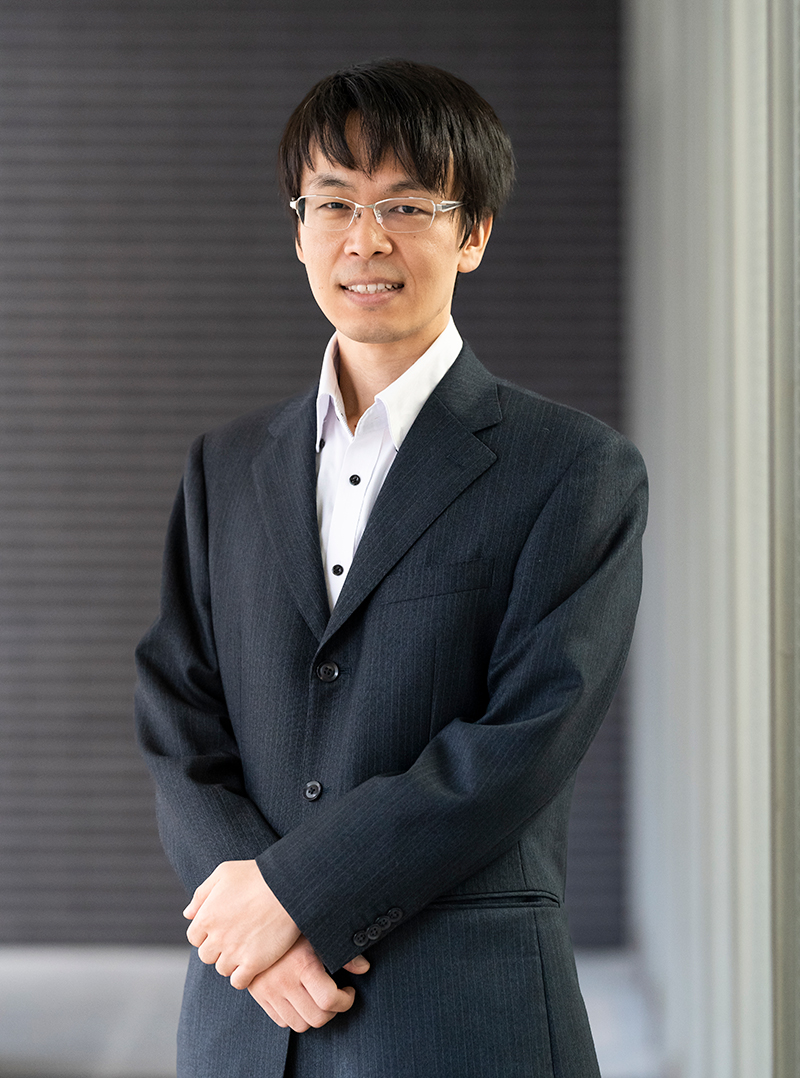
CiRA Reporter
CiRA Reporter

Focus
May 25, 2023
New Form of Drug Discovery Made Possible by iPS Cells (Part 3)

Kazuo Takayama
I am conducting research to examine the pathology of various diseases and develop new drugs using "microfluidic devices" (cell culture devices with microfluidic channels of various widths and depths) in conjunction with organoids grown from iPS cells and other cells.
Organoids are so-called "mini-organs" made of cells cultured in three dimensions. However, no matter how “mini” these organoids are, cells in the airways and intestinal tracts must be exposed to movement, such as respiration and blood flow, to fully reproduce their cellular functions. By employing microfluidic devices and peripheral equipment to create environments that mimic actual organ movements and conditions, we can recapitulate cellular functions and conduct research to elucidate pathologic mechanisms.
By combining these cutting-edge technologies, we are currently conducting research on COVID-19, a disease caused by a viral infection of the respiratory tract. By creating airway organoids and infecting them with the virus, we can study how the virus multiplies in the airways and how it subsequently affects the entire body. We are working on research to elucidate the mechanism by which the virus enters blood vessels through the respiratory system and apply such organoids for drug discovery.
New drugs, not limited to those for COVID-19, are developed over a period of 10 to 15 years, at a cost of more than 100 billion yen. We would like to further accelerate iPS drug discovery to develop effective drugs in a more time- and cost-efficient manner.
* The Japanese version of this article was published in CiRA Newsletter Vol.52.
Interview and article by Akihico Mori
(Translation: CiRA International Public Communications Office, Research Promoting Office)






















